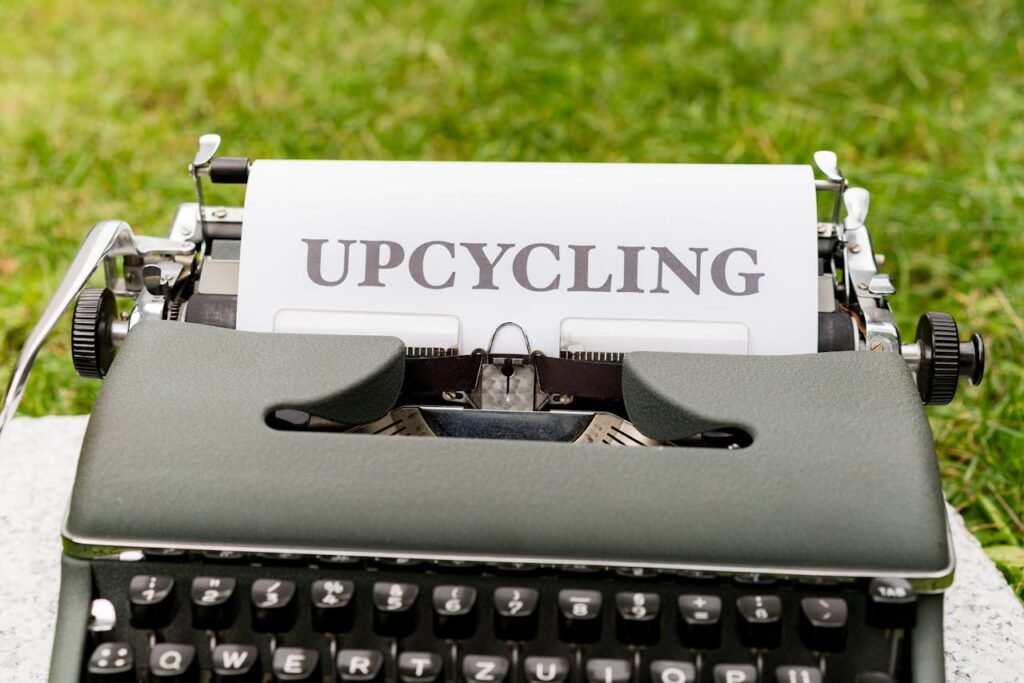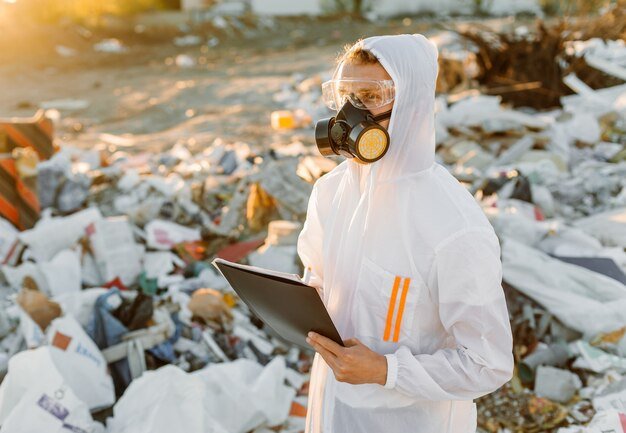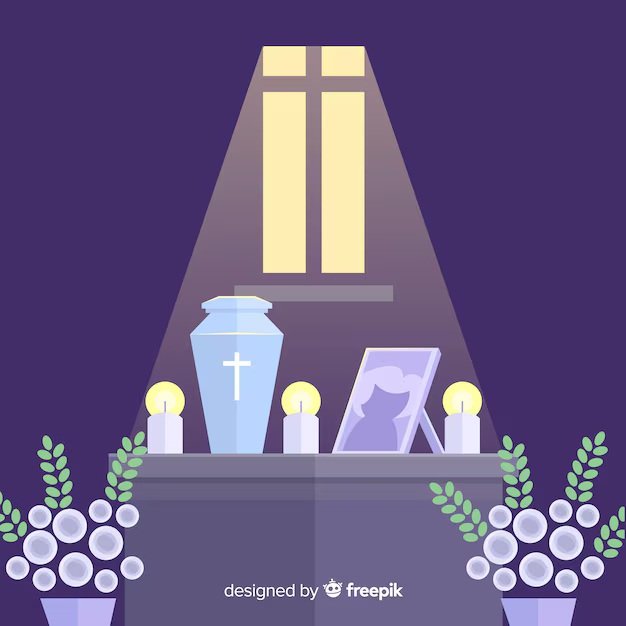Benefits of Upcycling to The Environment: How to Transform Waste into Value
Upcycling represents one of the most powerful shifts in sustainable living. Rather than recycling items into degraded materials, upcycling creatively transforms discarded objects into even more valuable products. This approach reduces waste, cuts demand for virgin resources, and delivers powerful environmental and social advantages. According to sustainability overviews published in recent years, upcycling significantly reduces waste by transforming discarded materials into higher-value products, helping to minimise landfill use and reduce the extraction of natural resources. While precise statistics vary, recent consumer surveys show a growing trend: a majority of Americans now report efforts to repair, repurpose, or reuse everyday items like clothing, packaging, and furniture—clear evidence that the upcycling movement is gaining real traction.
While recycling still dominates many sustainability strategies, researchers and policymakers increasingly see upcycling as a necessary next step in the circular economy framework. A report on the circular economy estimates that fully embracing such models across key industries—plastics, steel, cement, food—could reduce nearly 40% of global emissions by mid-century. Companies and social enterprises are stepping up to make this shift tangible. In Italy, a social enterprise now processes over 350 tonnes of textile waste annually, combining sorting, repair, resale, and upcycling in a single operation. Meanwhile, a cutting‑edge research paper published in 2023 explores catalytic and photochemical techniques to convert polyethene and PET plastics into new, high‑performance materials, without the energy‑intensive breakdown typical of traditional recycling.
The result? From luxury fashion brands collaborating with upcycling designers to grassroots makers turning post-consumer clutter into bespoke goods, a real ecosystem is forming around repurposing waste into value. In the following sections, we’ll explore four key benefits of upcycling—from carbon savings and social empowerment to innovation and creativity—with examples, case studies, expert voices, and practical advice you can apply at home or in your community.

In This Article
- Benefit One: Cutting Waste and Carbon Footprint Through Upcycling
- Benefit Two: Fostering Economic Opportunities and Social Equity
- Benefit Three: Inspiring Creativity, Connection, and Community Resilience
- Benefit Four: Driving Innovation and Global Lessons
- Actionable Advice for Households, Businesses, and Communities
- Conclusion
Benefit One: Cutting Waste and Carbon Footprint Through Upcycling
According to a techno‑economic and life‑cycle assessment study, implementing upcycling infrastructure for common plastics like polypropylene and polyethene in the U.S. could significantly lower greenhouse gas emissions and reduce landfill volumes simultaneously, outperforming standard recycling methods in environmental impact reduction. Other assessments show that because upcycling skips full re‑processing of material, it consumes less energy and results in fewer emissions compared to manufacturing from virgin inputs.
In more concrete terms, official waste statistics confirm that landfills are major sources of methane, a potent greenhouse gas contributing significantly to climate change. Every ton of waste diverted from landfills through upcycling helps avoid methane emissions. While mechanical recycling captures some benefits, recent studies reveal that only about 5% to 6% of post-consumer plastic in the U.S. is actually recycled into new products—the majority is downcycled, incinerated, or lost to landfill. Upcycling plastic into higher-value products—such as advanced polymer blends, construction materials, or durable goods—offers a more sustainable alternative. It preserves the material’s integrity and transforms waste into long-lasting, practical applications without degrading its quality.
Communities around the world are already reaping these benefits. For instance, in Nairobi, Kenya, Gjenge Makers, founded by Nzambi Matee, transforms collected plastic waste into high‑strength building bricks used in fencing, construction, and signage. As of 2021, the initiative had processed around 20 tonnes of plastic waste and continued scaling up both impact and innovation. Similarly, in Ghana, Trashy Bags Africa employs local workers to collect and clean plastic sachets—often used for drinking water—and stitch them into reusable shopping bags, accessories, and school items. This enterprise not only diverts plastic from landfills but also provides up to 40 local jobs in Accra.
Benefit Two: Fostering Economic Opportunities and Social Equity
Upcycling doesn’t just help the planet—it can empower people. Recent reviews of social‑impact upcycling initiatives found that many community enterprises drive job creation, especially in areas with limited formal employment. Take Suay Sew Shop in Los Angeles, which started in 2017, reclaiming used garments and reworking them into new clothing. By 2022, they had diverted over 381 short tons of textile waste, hired dozens of sewing staff paid above minimum wage, and offered repair services to the community, paying out earnings into a fund supporting garment workers.
In Accra’s Kantamanto Market—one of the world’s largest second-hand clothing hubs—designers stitch discarded shirts into fresh garments. According to Teen Vogue, a stall called Upcycle It Ghana uses denim and corduroy scraps to handcraft jackets and pants. The designers say their work helps reduce waste while creating unique apparel that reflects local identity. Meanwhile, in São Paulo, Studio Swine’s “Can City” project melted discarded aluminium cans using waste cooking oil to craft stools onsite, showing resourcefulness and inclusion of informal waste pickers (“catadores”) into sustainable design.
These initiatives illustrate a broader truth: upcycling can support small enterprises, foster local craftsmanship, and give forgotten materials new economic value.
Benefit Three: Inspiring Creativity, Connection, and Community Resilience
Upcycling projects often blossom into community hubs. In Alexandria, Virginia, the UpCycle Creative Reuse Centre runs workshops, camps, and open‐house events that bring together families to craft and share skills in sewing, design, and imagination. Similar patterns are evident in San Francisco’s West End neighbourhood, where residents meet informally to share materials and turn old doors into dining tables or tyres into garden planters. These exchanges do more than save money—they build bonds and encourage neighbourly collaboration.
Another striking example is the ecobrick movement. In the Philippines, Nicaragua, and New Mexico, communities have turned plastic bottles stuffed into bricks into building materials for homes, schools, and community structures. Jane Liwan’s ecobrick‑built home in the Philippines has become a local landmark. In Nicaragua, Ometepe Island transformed quickly into a cleaner locale thanks to ecobrick adoption by schools and artisans. These efforts also sparked small-scale trade in ecobricks.
Through this process, participants learn to value creativity, reuse, and public space differently, and cities become cleaner, greener, and more connected.
Benefit Four: Driving Innovation and Global Lessons
Upcycling isn’t just art or craft—it’s evolving into cutting‑edge innovation. Recent chemical upcycling methods explore converting PET, polyethene, and polypropylene into new polymers, carbon nanomaterials, or electronic materials. A 2023 review highlighted catalytic and electrocatalytic techniques that can transform plastic waste into valuable outputs under milder conditions, paving the way for a circular plastics economy. Another study reported ambient‑condition photochemical conversion of polyethene membranes into fibrous carbon, potentially used in energy devices.
Architectural researchers in 2025 also documented significant carbon savings by using recycled and upcycled materials in civil infrastructure, reducing reliance on virgin concrete or steel and lowering the environmental impact of buildings.
These advances signal a future where waste plastics become feedstocks for next‑generation materials and electronics, rather than pollutants. Even major luxury brands are embracing upcycling creatively: Hermès’ Petit h studio transforms leather scraps, silk offcuts, and hardware into objets d’art—from shopping carts made of Birkin bag remnants to electric guitars made from saddle leather.
Cases and Insights Table
| Initiative / Industry | Core Upcycling Activity | Environmental Benefit | Social / Economic Impact |
|---|---|---|---|
| Dharavi Plastic Weaving (India) | Woven bags and décor from plastic strips | Diverts plastic from landfills | Income increased by ~35% for over 200 women artisans |
| Suay Sew Shop (Los Angeles, US) | Reclaimed textiles into new apparel and repairs; Aluminium cans turned into stools using cooking oil as fuel | Reduces textile and metal waste | Paid employment; support fund for garment workers |
| Studio Swine’s Can City (Brazil) | Community-made aluminium products, locally marketed | On-site reuse; improved recycling rates | Engaged informal collectors; supported urban incomes |
| Ecobrick Communities | Plastic bottles used as construction bricks | Reduces plastic waste in landfills | Community-built structures; boosted local pride |
| Hermès Petit h (France) | Leather scraps turned into art objects | Full material utilisation | High-value, unique items; preserves artisan craftsmanship |

Actionable Advice for Households, Businesses, and Communities
If you’re ready to make a real difference—in your home, your neighbourhood, or your workplace—here’s how to start:
Consider your discards more carefully—choose to repair, reimagine, or donate them rather than throw them away. Host a mini “swap and sew” or repair event with friends or neighbours. Communities have found that sharing skills and materials builds creativity and strengthens social bonds.
If you have artistic or craft skills, consider joining or starting a reuse centre or maker space. These often operate using donated materials and inspire people of all ages. Community examples show that such spaces become hubs for creativity, collaboration, and empathy.
Businesses can also get involved by partnering with upcycling artisans or workshops. Brands like Patagonia (with Suay Sew Shop) and several luxury labels collaborating with upcycling designers demonstrate how such partnerships enhance both sustainability credentials and brand identity.
Support educational programs—many entrepreneurial craft schools and community centres now teach upcycling and sustainable design. Some environmental ministries and NGOs offer small grants or mentorship for upcycling ventures, particularly among women-led micro-enterprises in places like Mumbai and Nairobi.
Finally, choose upcycled products whenever you can. Whether it’s fashion made from reclaimed textiles, furniture crafted from repurposed wood or plastic, or household goods created from materials otherwise bound for landfill, every purchase supports a growing movement of circular design and responsible consumption.
Conclusion
Upcycling carries power at multiple levels. It transforms environmental impact by reducing waste, emissions, and resource extraction. It energises local economies and builds resilience in communities where employment is scarce. It fuels creativity, fosters community connection, and encourages new forms of collaboration. And it stands at the forefront of sustainable innovation in materials and design.
When households, artisans, and entrepreneurs come together to imagine new uses for what others discard, they rewrite the story—from waste to wealth, from trash to treasure. In doing so, they help move us all toward a greener, more resourceful world.
Let this be your invitation: find one item you’d normally discard, and rethink it. What new life might be hiding within it?







